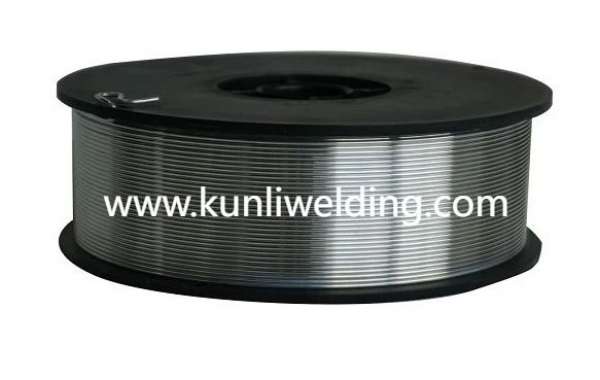Amid rising demand for greener infrastructure and lightweight vehicle components, Aluminum Welding Wire ER4943 emerges as a reliable choice for fabricators seeking balance between strength and flexibility. Integrating this wire into your workflow can enhance joint integrity while addressing current trends in renewable energy, electric mobility, and advanced fabrication techniques.
1. Surface Preparation and Cleaning
Effective welding begins with pristine base materials. Contaminants such as oils, oxides, and moisture can inhibit fusion, leading to porosity or weak bonds. To combat this, use a dedicated aluminum cleaner or a non-chlorinated solvent. Follow with gentle mechanical brushing using a stainless-steel or bronze brush reserved exclusively for aluminum to avoid cross-contamination. Proper cleaning not only ensures consistent arc stability but also aligns with industry emphasis on quality assurance and reduced rework.
2. Optimizing Shielding Gas Selection
Modern welding applications demand precise control of heat and gas coverage. For ER4943 wire, a pure inert gas such as argon is preferred to minimize oxidation and arc wandering. In high-wind or semi-outdoor settings, slight argon-helium mixtures can improve penetration and travel speed without overly complicating gas logistics. This flexibility supports on-site construction work linked to large-scale renewable projects and infrastructure upgrades.
3. Fine-Tuning Wire Feed and Travel Speed
Consistent wire feed rate maintains a stable arc and uniform bead appearance. Set your feeder to achieve a smooth, steady melt-off without bird-nesting at the gun liner. Adjust travel speed to balance heat input: moving too slowly risks burn-through on thin panels, while moving too rapidly produces a weak, underfilled weld. Mastering this balance is particularly valuable in electric vehicle chassis fabrication, where precision weld profiles contribute to overall structural integrity and crash performance.
4. Heat Input Management for Joint Reliability
High heat input can soften aluminum alloys, reducing mechanical properties. Conversely, low heat input may result in poor fusion and lack of sidewall penetration. Aim for moderate heat that fully engages the joint without excessive distortion. Employ pulse or controlled-arc modes if your power source supports them to maintain a narrow heat-affected zone. This approach is increasingly adopted in projects requiring tight dimensional tolerances, such as battery enclosures and solar panel frames.
5. Joint Design and Fit-Up
Joint geometry directly influences weld quality and fabrication efficiency. For ER4943, maintain a root opening that allows proper arc access without trapping shielding gas. Precise fit-up speeds welding cycles, reduces filler consumption, and minimizes post-weld machining. As manufacturers accelerate production for emerging markets—such as urban air mobility and automated transport systems—optimized joint preparation becomes a competitive advantage.
6. Tack Welding and Seam Sequencing
Strategic tacking and bead sequencing help control distortion in long weld runs. Place tacks at uniform intervals to evenly distribute contraction forces. Sequence your welds in a stitch or back-step pattern to mitigate warping, especially on large panels. This technique aligns with lean manufacturing principles and digital monitoring protocols that track distortion in real time, reflecting the ongoing digital transformation of welding operations.
7. Post-Weld Cleaning and Inspection
After welding, remove any residue or spatters that may compromise corrosion resistance. A light brushing or mild chemical dip ensures a clean surface for finishing. Non-destructive testing methods—such as visual inspection and dye penetrant checks—confirm weld integrity. Implementing these steps supports current regulatory emphasis on safety, traceability, and sustainability across heavy-duty fabrication sites.
By embracing these best practices, fabricators can harness the versatility of ER4943 wire to meet evolving demands in sustainable construction, advanced mobility, and precision engineering. For deeper insights into high-performance aluminum joining, explore the innovations and case studies available at www.kunliwelding.com and elevate your welding processes with proven expertise.







